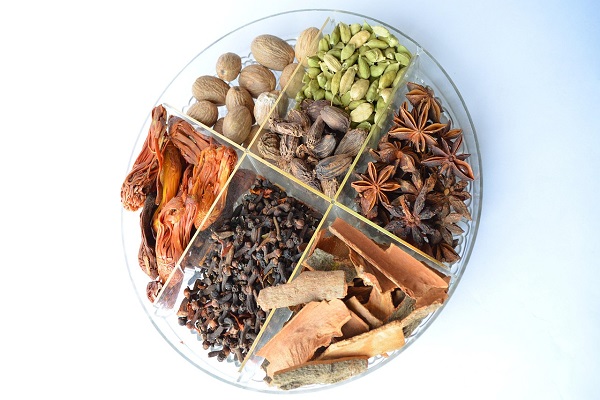
Follow us Now on Telegram ! Get daily 10 - 12 Interesting Updates. Join our Telegram Channel https://t.me/OhWomen
Download Telegram App before Joining the Channel
Spices have been an essential part of human culture and cuisine for thousands of years. They not only add flavor and aroma to food but also carry rich cultural significance and numerous health benefits. From the vibrant turmeric of India to the fragrant cinnamon of Sri Lanka, spices tell stories of ancient trade routes, rituals, and traditional medicine across the world.
Spices Across Cultures
1. India: The Heart of Spices
Indian cuisine is synonymous with an extensive variety of spices such as turmeric, cumin, coriander, cardamom, and cloves. Beyond taste, these spices are deeply embedded in Ayurveda, India’s ancient holistic healing system. Turmeric, with its active compound curcumin, is celebrated for its anti-inflammatory and antioxidant properties.
2. Middle East: Aromatic and Warming
Spices like saffron, sumac, za'atar, and cinnamon dominate Middle Eastern cooking. They are used not only to enhance dishes like kebabs and stews but also for their medicinal properties. Saffron, for instance, is known for mood enhancement and potential antioxidant benefits.
3. China: Balancing Flavors and Health
Traditional Chinese Medicine (TCM) emphasizes the role of spices such as ginger, star anise, and Sichuan peppercorns. Ginger is widely used to aid digestion, reduce nausea, and fight inflammation. The balance of “yin” and “yang” in food often involves the careful use of spices to restore harmony in the body.
4. Latin America: Bold and Earthy
Chili peppers, cumin, and annatto are staples in Latin American kitchens. Chili peppers contain capsaicin, which is known to boost metabolism and relieve pain. In many cultures, chili’s heat also symbolizes vitality and strength.
5. Europe: Historical Spice Routes
Cinnamon, nutmeg, cloves, and black pepper were once prized commodities in Europe, traded along ancient spice routes. These spices were used both in cooking and traditional remedies, such as cinnamon for digestive health and black pepper as a digestive stimulant.
Health Benefits of Common Spices
Turmeric: Anti-inflammatory, antioxidant, may improve brain function and reduce risk of chronic diseases.
Cinnamon: Helps regulate blood sugar, has anti-microbial properties.
Ginger: Relieves nausea, reduces muscle pain, and fights inflammation.
Chili Peppers: Boosts metabolism, pain relief, supports cardiovascular health.
Cloves: Rich in antioxidants, antimicrobial, promotes oral health.
Cardamom: Digestive aid, detoxifying effects, may lower blood pressure.
The Cultural and Medicinal Intersection
Spices have long been valued not only for culinary uses but also for their healing qualities. Traditional systems of medicine like Ayurveda, TCM, and even medieval European herbalism recognize spices as powerful agents for maintaining health. This dual role is why spices remain central to food cultures worldwide.
\
Spices are much more than just flavor enhancers. They are deeply intertwined with cultural identities and holistic health traditions across continents. By appreciating the history and science behind spices, we can better understand their role in our diets and health. Incorporating a variety of spices into meals not only enriches our palates but also contributes to our well-being in subtle and profound ways.